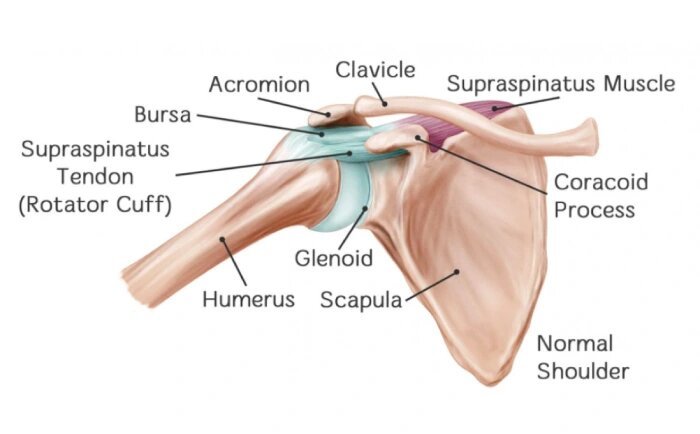
Looking for expert Shoulder Impingement Syndrome Treatment in Bangalore? Consult Dr. Ponnanna K.M, a leading orthopedic specialist offering comprehensive diagnosis, advanced non-surgical care, and minimally invasive surgery for shoulder pain and dysfunction at Opera Bone and Joint Clinic, Malleswaram.
Shoulder Impingement Syndrome: What It Is and Why It Happens
Shoulder impingement (subacromial impingement) occurs when the rotator cuff tendons and subacromial bursa are pinched beneath the acromion, causing pain, inflammation, and restricted movement. The subacromial space may narrow due to anatomical shape of the acromion, age-related changes, or repetitive overhead activity, increasing friction and risk of tendon irritation or tears if untreated.
Causes, Risks, and Symptoms
- Common causes include a hooked/curved acromion, repetitive overhead sports or work, muscle imbalance/instability, age-related degeneration, and occupational overuse.
- Symptoms typically include pain with overhead or behind-the-back movements, weakness, stiffness, swelling/tenderness, and sometimes clicking or catching in motion.
How Diagnosis Is Made
- Physical examination assesses range of motion, strength, and pain points to identify impingement patterns.
- Imaging such as X-ray, ultrasound, or MRI evaluates bony shape, subacromial space, rotator cuff tendons, and possible tears.
- A targeted anesthetic injection in the subacromial space may temporarily relieve pain and confirm impingement as the pain generator.
Non-Surgical Treatment Options
- Rest and activity modification to reduce overhead stress and allow tissues to calm down.
- Structured physical therapy focusing on rotator cuff and scapular stabilizer strengthening, flexibility, posture, and movement mechanics.
- NSAIDs for pain and inflammation control when appropriate.
- Corticosteroid injections into the subacromial space for short-term relief of inflammation and pain during rehab phases.
When Surgery Is Recommended
If conservative care fails, arthroscopic treatment may be advised to decompress the subacromial space and address coexisting pathology. Options include:
- Arthroscopic subacromial decompression to remove inflamed tissue and smooth the undersurface of the acromion, clearing bone spurs if present.
- Acromioplasty to increase subacromial space and reduce tendon compression.

